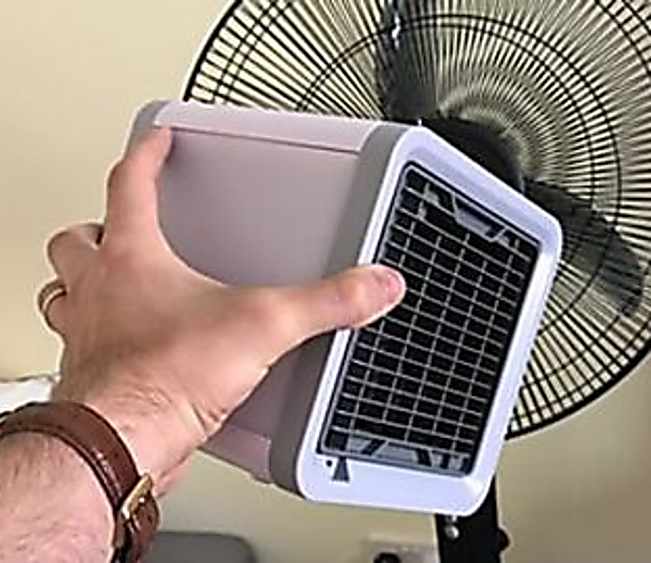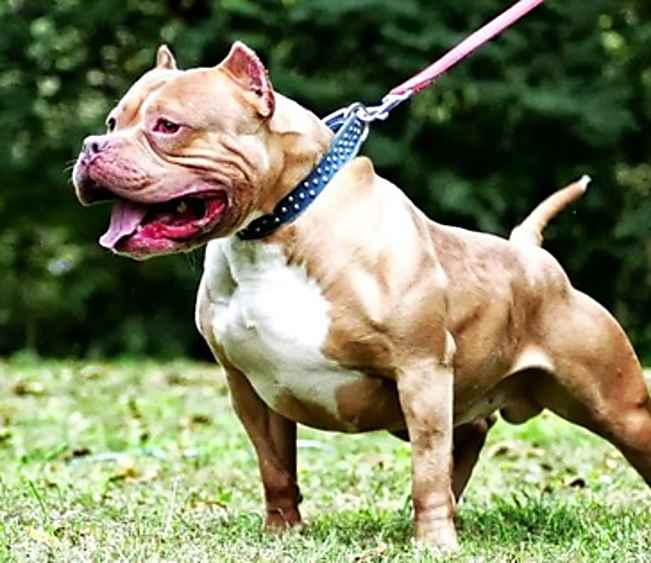Islamic State defector inside Baghdadi’s hideout critical to success of raid, officials say
Oct. 29, 2019 at 11:41 p.m. UTC
The
mole’s detailed knowledge of Baghdadi’s whereabouts as well as the
room-by-room layout of his sanctuary proved to be critical in the Oct. 26 raid that ended with the death of the world’s most-wanted terrorist, the officials said.
The
informant was present during the assault on Baghdadi’s compound in the
Syrian province of Idlib, and he was exfiltrated from the region two
days later with his family. The man, whose nationality had not been
revealed, is expected to receive some or all of the $25 million U.S.
bounty that had been placed on Baghdadi’s head, according to the
officials. One official said he was a Sunni Arab who turned against the
Islamic State because one of his relatives had been killed by the group.
AD
Keep Reading
The
Islamic State defector had been cultivated as an asset by the Syrian
Democratic Forces, the predominantly Kurdish militia that became the
ground troops for the U.S.-led campaign to destroy the terrorist group’s
self-proclaimed caliphate in eastern Syria. SDF leaders then handed
control of the agent to U.S. intelligence operatives, who spent weeks
vetting him until they were sure he was genuine, the officials said.
A
months-long effort to exploit the intelligence breakthrough began in
the summer, but only in the past month did the informant’s tips lead to
an opportunity to act.
“It
was assessed for quite a while that the person might have the key to
the lock,” said one U.S. official familiar with the matter. “That only
really seriously became clear within the last couple of weeks.”
AD
The Washington Post previously reported the contributions of a disaffected Islamic State operative
in exposing the location of Baghdadi’s hideout. SDF leader Gen. Mazloum
Abdi told NBC News on Monday that one of his organization’s informants
had helped lead the Americans to Baghdadi’s compound, and said personal
items, including underwear, were taken from the compound for DNA testing
to confirm Baghdadi’s presence in the building. Neither the Pentagon
nor the White House has officially commented on the presence of a
high-level mole inside the mission to kill or capture Baghdadi.
Army
Gen. Mark A. Milley, the chairman of the Joint Chiefs of Staff,
answered indirectly when asked Monday whether someone affiliated with
the SDF was directly involved in the raid.
“I’m
not going to comment on what may or may not have happened with the SDF
on the objective,” he said. “The actions on the objective, the aircraft
coming in, the aircraft overhead and the soldiers conducting the
assault, was a U.S.-only operation.”
AD
The
description of the informant and his contribution was provided by two
current and former U.S. officials and a Middle East-based official, all
privy to detailed information about the Saturday raid. All three spoke
on the condition of anonymity to describe what was a highly secret
intelligence and military operation.
One
official knowledgeable about the informant said the man was a trusted
facilitator and logistics aide who was involved in helping Baghdadi move
among safe houses in the Idlib area before relocating to the compound
where he met his end. The informant, who was described as a committed
and even enthusiastic participant in the mission, provided essential
personal details about the reclusive terrorist leader, including the
fact that he always traveled with a suicide belt so he could kill
himself if cornered. The informant was so trusted that at times he
escorted members of Baghdadi’s family to get medical care.
Baghdadi’s
compound was stormed by members of the military’s elite Delta Force and
75th Ranger Regiment, several U.S. officials have said, speaking on the
condition of anonymity to discuss the operation. Along with them were military working dogs that chased the militant leader as he tried to flee.
AD
The
commandos blasted their way into the house after a firefight and later
cornered Baghdadi in a tunnel beneath the building. The Iraqi terrorist
had taken three of his children with him, apparently as human shields.
Baghdadi
detonated his suicide belt after one of the U.S. team’s military dogs
charged him. He and his three children were killed and their bodies
partly buried in debris as the tunnel’s ceiling collapsed. Two of his
wives also were killed in the operation. The dogs lived.
U.S. officials said the informant was vetted with particular care as intelligence agencies sought to avoid a repeat of the CIA’s 2009 disaster at Khost, Afghanistan,
when a Jordanian informant with promising information about al-Qaeda
leaders detonated a bomb during a meeting, killing seven American
intelligence operatives along with a Jordanian and an Afghan driver.
AD
One
U.S. official said the informant flipped sides because he had “clearly
lost faith” in the Islamic State. Despite his help, plans to kill or
capture Baghdadi were scuttled or shifted multiple times as the
situation changed on the ground.
“I
can’t remember how many times that we felt like, ‘Okay, we’ve got
him,’ ” the official said. “The last couple of months, we felt it was
coming together, but it wasn’t until about the last month where we felt,
‘Okay, this time it’s for real.’ ”
The
raid’s timing was influenced by the risk that Baghdadi was about to
move. “That was the fear ...[the] forcing function,” the official said.
U.S. and Middle Eastern officials say the raid was the culmination of years of work involving a half-dozen foreign partners and allies.
Since at least 2015, teams of U.S. commandos, accompanied by Iraqi and
Kurdish forces, were embedded in the region specifically to search for
Baghdadi and other senior Islamic State leaders. The teams achieved
multiple successes, such as the killing of Islamic State propaganda
chief Abu Muhammad al-Adnani in 2016. But Baghdadi proved to be a much
more elusive quarry because of his frequent movement and refusal to use
cellphones or other trackable devices.
AD
A
Middle Eastern official privy to details of the search said the focus
of the manhunt shifted to Idlib over the summer, with teams of U.S. and
French operators and top-of-the-line surveillance equipment scouring the
region for Baghdadi’s whereabouts.
Idlib,
a province occupied by rival militias and far from the Islamic State’s
base, initially seemed an unlikely choice, the officials said.
“Nobody
can get in there,” the U.S. official said, describing it as riddled
with Islamist extremists. “The Russians own the airspace.”
With
the informant’s help, U.S. officials narrowed their focus to the town
of Barisha, in northwest Idlib province, where Baghdadi moved into a
highly secure compound complete with tunnels. The planning for the raid
began last Wednesday, with the expectation that the terrorist chief
might be taken alive.
AD
The assault force surrounded the compound and did a “call out,” one official recounted, telling the occupants to surrender.
Almost
a dozen children emerged along with several adults, but Baghdadi
remained inside, fleeing with three of his children into the tunnel
where he was finally cornered and triggered the suicide vest.
The
assault force commander opted not to retrieve the bodies of those
killed with Baghdadi who were still wearing suicide vests, the official
said. “People were lying there dead under all this rubble,” the
official said. “We’d have to dig them out. And they’ve got sensitized
explosives on them. It’s just too dangerous.”
Baghdadi’s
head was apparently intact after the explosion, and U.S. operators were
convinced of his identity even before a field DNA test was conducted
for confirmation, the official said.
One of the commandos radioed his impressions.
“Looking at him. This is Baghdadi,” the operator said, according to the official. “Jackpot.”
Dan Lamothe contributed to this report.
AD

We dig deeper.
Original reporting, exclusive scoops and more. Subscribe for $1.












